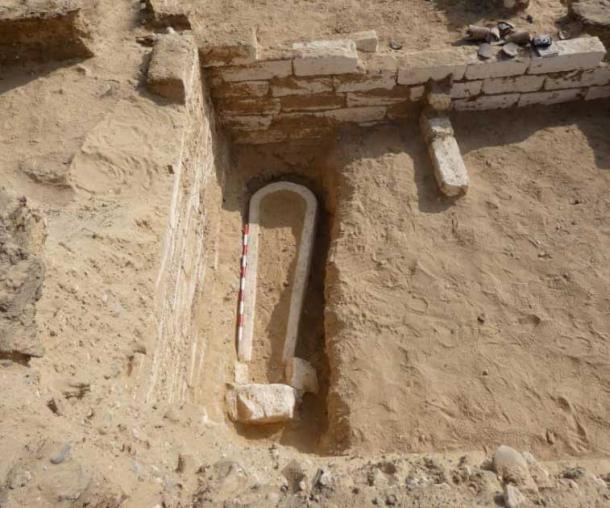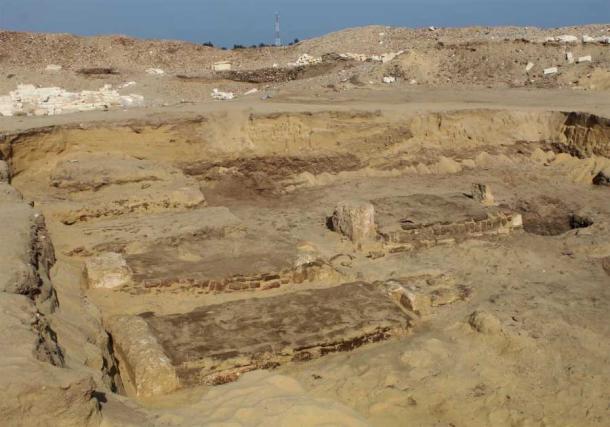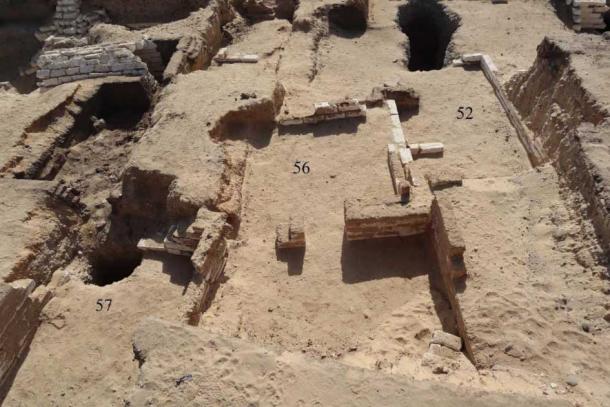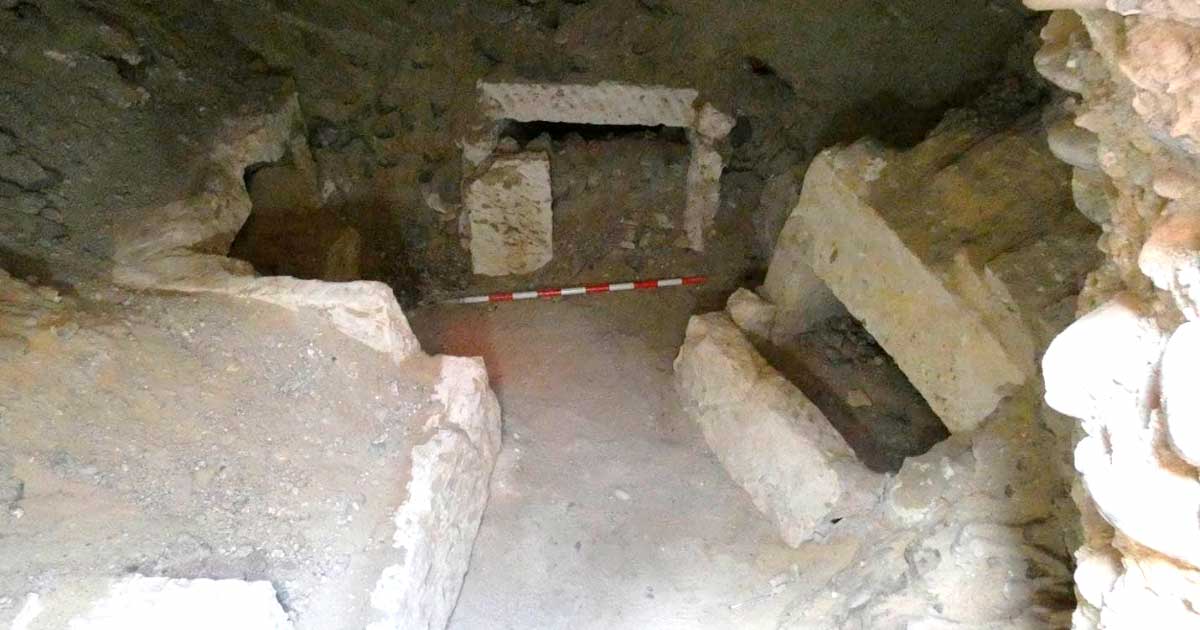Hub of Ancient Persian, Roman, and Coptic Tombs Unearthed in Egypt
A collection of ancient tombs from the Persian, Roman, and Coptic eras has been unearthed by archaeologists in the Minya governorate of Egypt, situated about 150 miles (245 km) to the south of Cairo.
The joint Spanish-Egyptian archaeological mission of the Supreme Council of Archaeology and the University of Barcelona made the remarkable discovery of a total of 22 tombs. The Ministry of Tourism and Antiquities announced that among these, three tombs are made of Roman limestone, three belong to the Persian era, while the remaining 16 are of Byzantine and Coptic origin. The findings were uncovered in the Al-Bhansa region in the Governorate of Minya.
The Minya Governorate in Egypt is home to a wealth of ancient landmarks and archaeological sites that provide valuable insights into the rich history of the region. Among the most notable landmarks are the ancient city of Amarna, which was the capital of Pharaoh Akhenaten and is renowned for its well-preserved ruins and iconic art; the Beni Hasan tombs, which date back to the Middle Kingdom period of ancient Egypt and contain stunning murals depicting life in ancient times; and the Tuna Al-Gebel necropolis, which contains numerous rock-cut tombs and temples that provide a glimpse into the religious and cultural practices of the region. Other notable landmarks in the area include the Temple of Thoth in Hermopolis and the ancient city of Antinopolis, which was built by the Roman Emperor Hadrian in honor of his lover Antinous.
Roman Tombs
According to Dr. Adel Akasha, who heads the central administration of archaeology in Central Egypt, the recently discovered tombs from the Roman era are made of limestone and were found at the foundation level mostly sealed and not engraved. One of the tombs contained an intact coffin, but without a lid. Although no grave goods were found, preliminary studies of the tombs suggest that they were likely looted in ancient times, which may explain the lack of artifacts.
- Archaeologists Uncover Mix of Greek, Roman, And Coptic Ruins In Egypt
- Intriguing Coptic Tombstone Belonging to a Little Girl Discovered in Luxor

The coffin with the open lid found in one of the Roman-era tombs. Credit: Ministry of Tourism and Antiquities
Coptic Tombs
Regarding the Coptic-era tombs, they consist of rectangular holes dug into the ground with the upper part built to face the east. Excavators found pottery in close proximity to the tombs.
Hassan Amer, an Egyptian professor of archaeology at the Faculty of Archaeology, Cairo University, and director of the excavation mission, reported that the team conducted thorough research on the archaeological finds. They also undertook efforts to preserve and reinforce the murals on the walls of the Basilica at the site, in addition to documenting the Coptic and Greek texts found on the walls. The site was extensively recorded using 3D images and aerial photographs.

The Coptic-era tombs found at the site. Credit: Ministry of Tourism and Antiquities
Persian Tombs
The Persian tombs were built during the Achaemenid period, which lasted from 525 BC to 404 BC, and were characterized by their unique architectural style. Many of the tombs from this period were carved out of rock, and feature elaborate decorative elements, such as reliefs and inscriptions, which depict Persian customs, mythology, and the daily life of the people of the time.
The most notable Persian tombs in Egypt are located in the area of Saqqara, where a large number of tombs have been discovered, including the tomb of the Persian general, Udjahorresne.

The recently unearthed archaeological site containing a collection of Persian, Roman, and Coptic tombs. Credit: Ministry of Tourism and Antiquities.
The excavation season overseen by Dr. Mustafa Waziri, Secretary-General of the Supreme Council for Archaeology, has yielded important findings regarding the historical significance of the site. As the excavation work progresses, more details are expected to emerge, which will provide further insights into the secrets of this ancient Egyptian site. These revelations will be studied and shared in the coming period once the excavation work is completed.
Top image: One of the recently discovered set of tombs in Al-Bhansa region in the Governorate of Minya. Credit: Ministry of Tourism and Antiquities.
By Joanna Gillan


















Comments
The dimensions of the coffin without a lid (pictured above) would only appear to make sense if what was being buried was just the skeleton. Even then it would seem to be a squeeze to assemble the various bones in somewhat articulated fashion. Perhaps, a wider burial plot cost too much! Speculation is the building block of history. Sometimes it's all there is.
Take a good look at that photo above of the so-called intact coffin without a lid.
I guess beyond all their odd beliefs and practices, they were also oddly THIN people. Or maybe, it’s all something completely different?
Nobody gets paid to tell the truth.